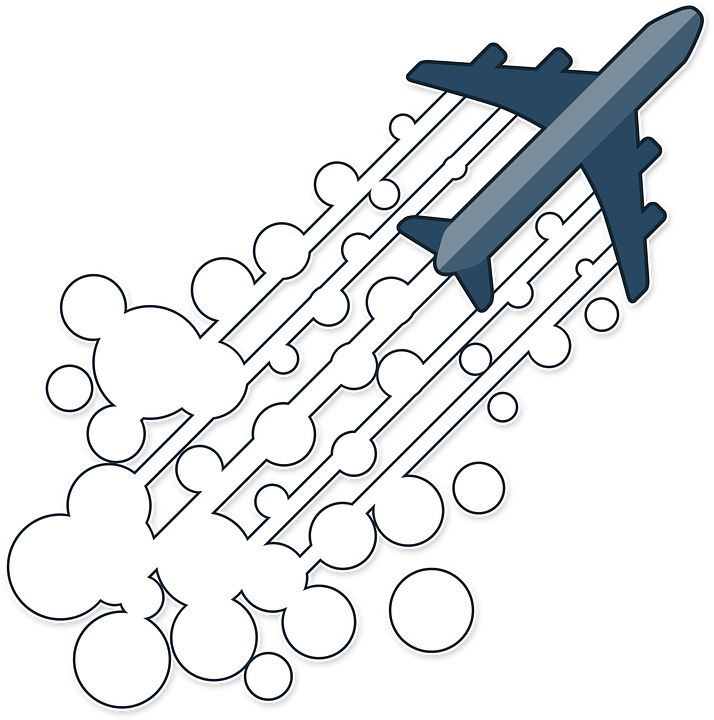Jet engines use certain types of fuel to deliver high performance in extreme ranges of temperature and high altitude. In general, jet fuels have extra carbon and a higher level of sulphur than found in ordinary petrol. Jet fuel may also contain additives to prevent the fuel freezing in very low temperatures and other supplements to decrease the incidence of oxidation and corrosion.
Necessary characteristics
To meet the high criteria expected of a jet fuel, it must combust efficiently and flow reliably and easily in a wide range of conditions. It must also contain high energy or heating value that can be harnessed efficiently at all times with the minimal risk of fire or danger to the environment or engine parts.
There are basically two varieties of jet fuel available today. The first is kerosene grade fuel, which is also known as Jet A fuel; the second is Jet B fuel, which is a blend of kerosene and gasoline. There is also a third type called Jet A-1, which is a variety that was developed for use where temperatures are likely to be extremely low.
To do their job in aviation properly, jet fuels must combust with maximum benefits, delivering the optimum amount of energy per gallon. Performance is related to volatility and hydrocarbon saturation levels of the fuel, which must be consistent within their sector. Viscosity is another measurable characteristic of high-performance fuels, which tend to have a higher viscosity than ordinary petrol. Due to this higher viscosity, particles of unwanted substances can be held in suspension, which means the purity of high-performance fuels is very important.
Jet A and Jet A-1
Jet A fuel is quite similar to kerosene for commercial use and is generally only used in North America. Jet A evolved as a heavier variety of kerosene with a higher freezing temperature and a higher flash point than found in the usual kerosene. Jet A-1 fuel is readily available outside North America and is produced to rigorous standards. It has a freezing point that is set at a maximum temperature of -47°C and its flash point is above 380°C.
Jet B
This type of fuel, which is sometimes referred to as wide cut jet fuel, is a combination of fractionated kerosene and petrol (or gasoline). The characteristics of Jet B fuel include a vapour pressure lower than found in petrol and higher than the vapour pressure generally found in kerosene. Jet B fuel has a freezing point of around the low temperature of -60°F.
High-performance fuels combine reliable combustion characteristics with controlled volatility. Volatility is determined by variables such as flash point, boiling point and vapour pressure. For a particular category of jet fuel, these variables should be known and consistent so that fuel and engine performance can be counted on in challenging conditions. Combustion must also be efficient and take place without the production of toxic materials that could affect the environment.



